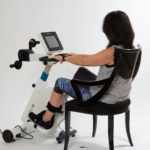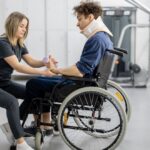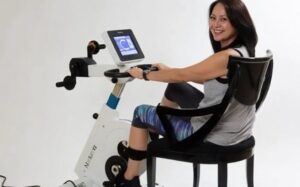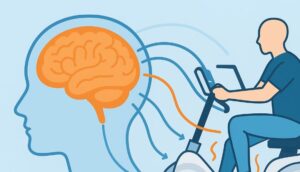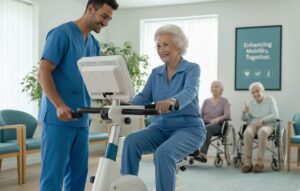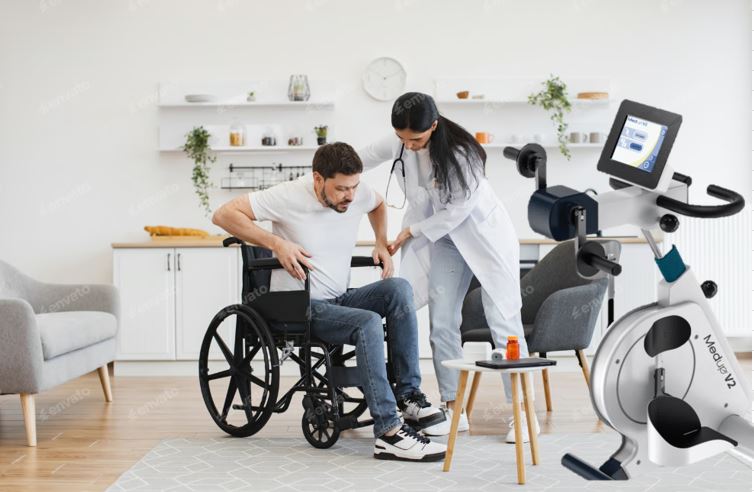
For individuals with physical disabilities or injuries, traditional fitness routines can be inaccessible, leaving many feeling excluded from the benefits of regular exercise. Assisted cycling is changing that narrative, offering a pathway to mobility, independence, and connection. Whether used in rehabilitation centers, homes, or community programs, this innovative approach is empowering people to overcome limitations and thrive.
“Did you know? With a motor-assisted cycle trainer, you can safely rebuild strength, improve circulation, and stay active at your own pace. Visit our blog to explore more about accessible cycling solutions.”
Motor-assisted cycle trainers are uniquely suited to individuals with conditions like multiple sclerosis, Parkinson’s, spinal cord injuries, or post-stroke mobility challenges. By combining active pedaling with motorized assistance, these bikes provide a versatile way to engage in physical activity safely and effectively.
Supporting Rehabilitation Goals
For individuals recovering from injuries or managing neurological conditions, assisted cycling offers targeted benefits. Adjustable motorized support allows users to gradually reintroduce movement to weakened muscles, promoting improved blood circulation and joint flexibility. Specialized features like passive modes let users exercise even if they have limited voluntary movement, reducing the risk of muscle atrophy while fostering a sense of progress in rehabilitation programs.
Promoting Cardiovascular and Muscular Health
Low-impact cycling is an excellent cardiovascular workout, and the motor-assisted element ensures accessibility for users with varying strength and stamina. Studies have shown that even passive cycling can support heart health, reduce stiffness, and maintain overall muscle tone in individuals with limited mobility. This type of exercise is particularly beneficial for those living with arthritis or degenerative conditions, as it avoids strain on weight-bearing joints.
Fostering Independence and Inclusion
The freedom to move without relying entirely on caregivers is one of the most empowering aspects of assisted cycling. Adaptive designs allow users to cycle independently or with minimal support, fostering a greater sense of self-reliance. Additionally, these bikes enable participation in group rides or outdoor activities, combating isolation and promoting social connection. Inclusive activities like these help create opportunities for individuals with disabilities to fully engage with their communities.
Enhancing Mental and Emotional Well-Being
Exercise is a proven stress reliever and mood booster, and assisted cycling is no exception. The act of pedaling—whether active or motor-assisted—triggers the release of endorphins, improving mental well-being. For many users, the opportunity to engage in physical activity restores a sense of normalcy and builds confidence, countering the mental toll of physical limitations. Spending time outdoors on a cycle trainer also brings the added benefit of connection to nature, known to reduce anxiety and promote relaxation.
Built for Versatility and Safety
Features like adjustable resistance levels, easy-to-use controls, and stable designs ensure that assisted cycling suits users with a range of needs. Safety mechanisms, such as automatic stop functions and secure foot holders, make these bikes reliable for people with balance or coordination issues. These considerations make assisted cycling a practical solution for everyone from older adults managing mobility challenges to younger individuals recovering from injuries.
By making physical activity accessible, assisted cycling is breaking down barriers and redefining possibilities for individuals with disabilities. To learn more about how cycling can improve mobility and health, visit Mayo Clinic’s guide to the benefits of low-impact exercise.
